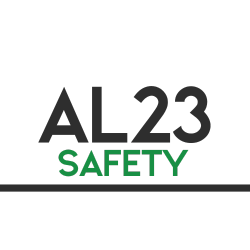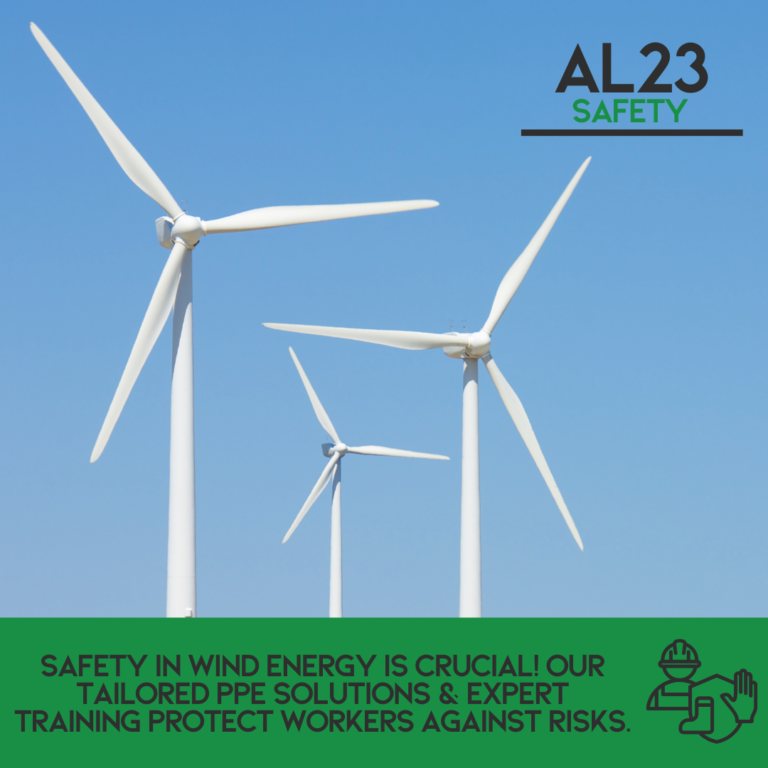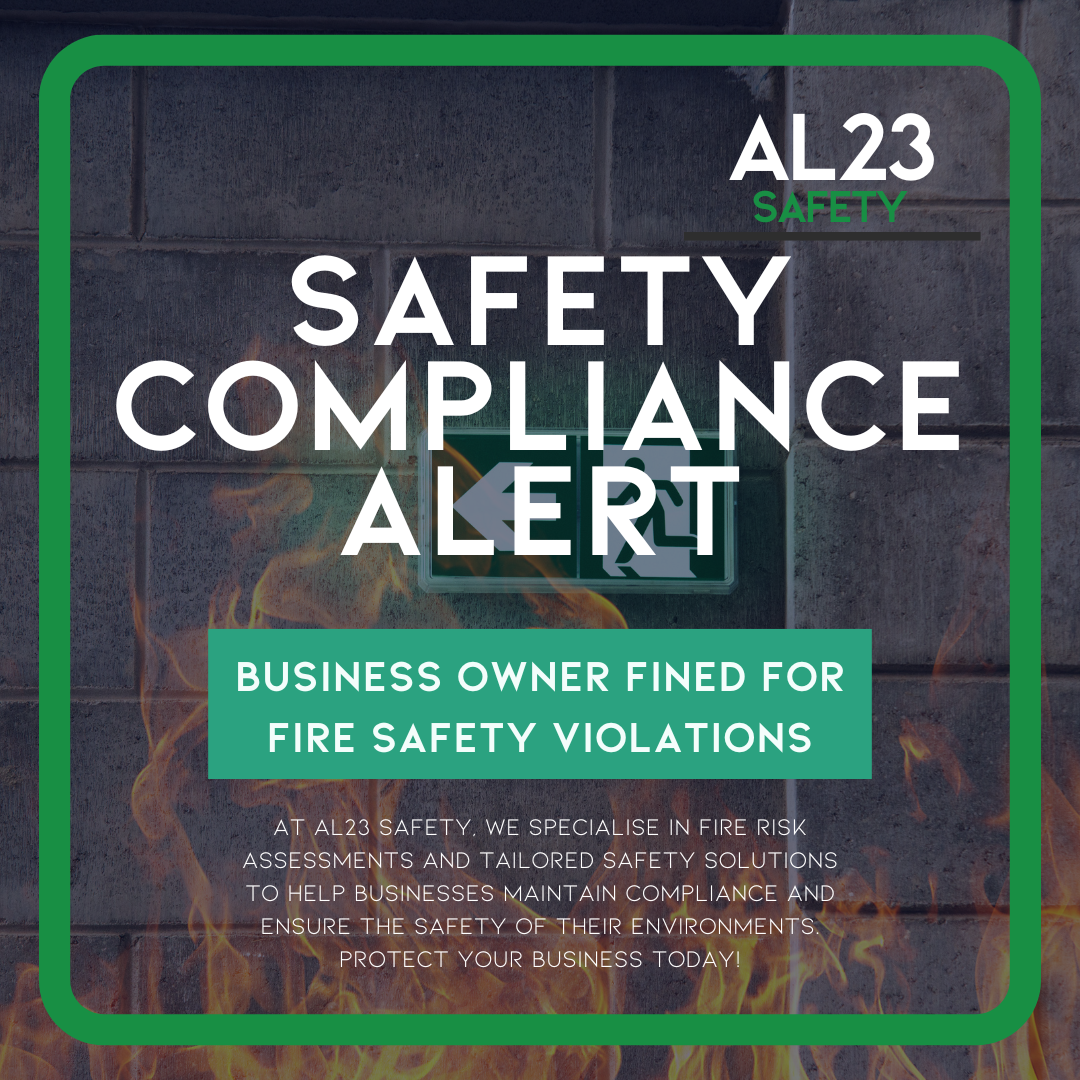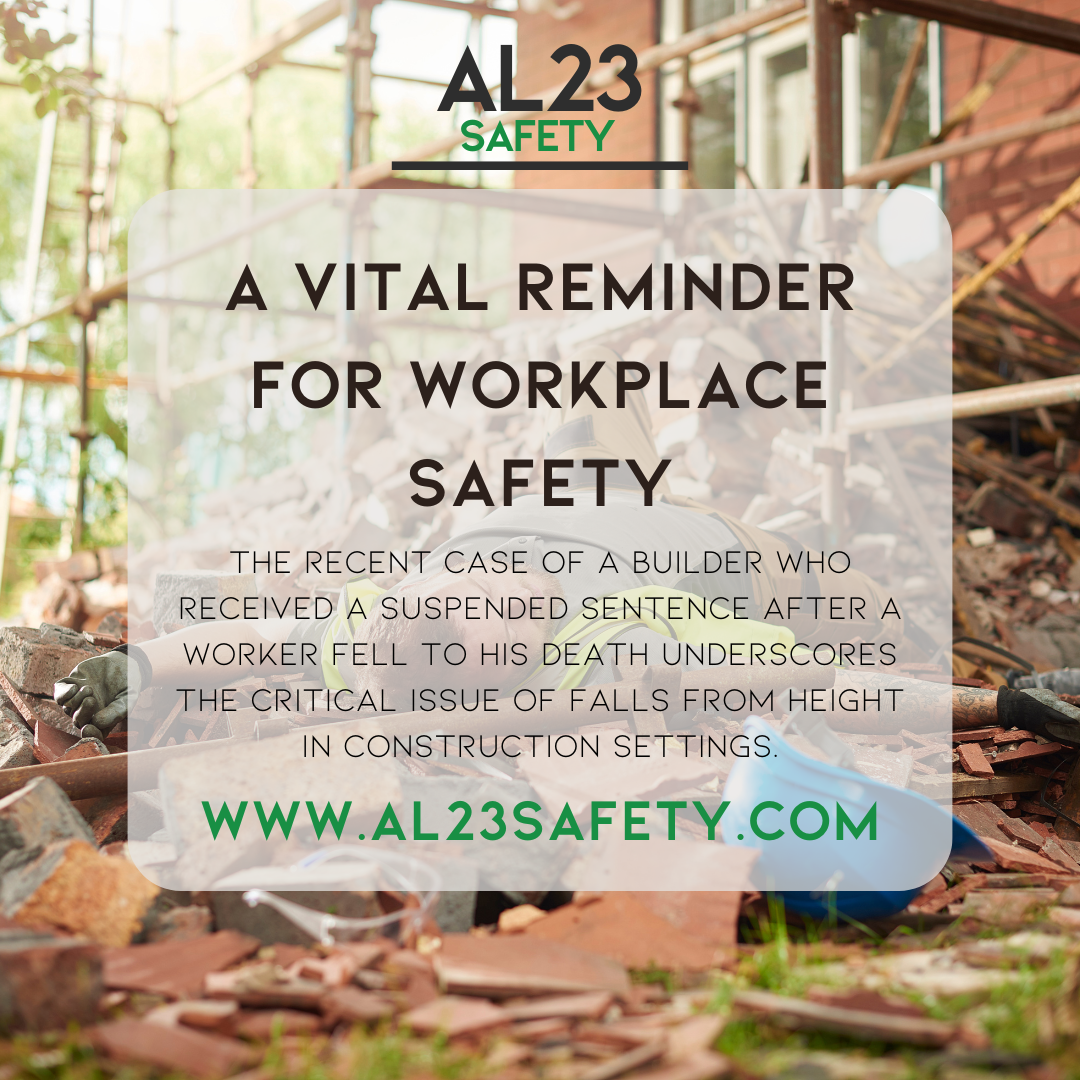Why PPE Solutions for Wind Energy Sector Matter More Than Ever
The wind energy sector continues to expand at an impressive rate, bringing with it unique safety challenges that demand specialized attention. PPE solutions for wind energy sector workers are not just regulatory requirements—they’re lifesaving necessities in an industry where technicians routinely face extreme heights, electrical hazards, and unpredictable weather conditions.
As the global market for wind energy surges from £60.5 billion in 2022 to a projected £137.2 billion by 2030, the need for comprehensive worker protection has never been more critical. This explosive growth means more workers scaling turbines daily, making proper safety equipment and protocols absolutely essential.
Understanding the Unique Hazards in Wind Energy Environments
Before diving into specific PPE solutions for wind energy sector operations, it’s important to recognise the distinct risks that make this industry particularly hazardous:
Height-Related Risks
Working at elevations of 80-120 metres presents fall hazards unlike most other industries. Wind turbine technicians perform maintenance tasks while suspended at heights where even minor errors can have catastrophic consequences.
Electrical Exposure
Wind turbines generate substantial electrical current, exposing workers to potential shock hazards and dangerous arc flashes during maintenance and repair operations.
Weather Vulnerabilities
Technicians often work in exposed environments where sudden weather changes can create immediate dangers from lightning, high winds, or extreme temperatures.
Confined Space Challenges
Many maintenance activities require working in the nacelle or hub of turbines—confined spaces with limited entry and exit points, presenting additional safety concerns.
Essential PPE Solutions for Wind Energy Sector Workers
1. Advanced Fall Protection Systems
The cornerstone of wind turbine safety equipment is sophisticated fall protection. Unlike standard construction harnesses, wind energy-specific systems include:
- Ergonomically designed full-body harnesses with multiple attachment points
- Self-retracting lifelines with shock-absorbing capabilities
- Specialised anchor points engineered for turbine structures
- Fall restraint systems that prevent workers from reaching fall hazards
These systems must be inspected before each use and replaced according to manufacturer guidelines to ensure reliability when needed most.
2. Electrical Safety Equipment
Protecting technicians from electrical hazards requires specialised PPE including:
- Arc flash-rated clothing and face shields
- Voltage-rated gloves with appropriate class ratings
- Insulated tools designed for electrical work
- Proper footwear with electrical hazard protection
Regular testing of this equipment is essential, as damaged electrical PPE offers little protection against potentially fatal currents.
3. Respiratory Protection
Wind turbine maintenance often involves working with fibreglass composites, resins, and various chemicals that can produce harmful dust and vapours. Proper respiratory equipment includes:
- Powered air-purifying respirators for extended maintenance
- Disposable dust masks for brief exposure scenarios
- Full-face respirators when working with volatile compounds
4. Weather-Appropriate Workwear
PPE solutions for wind energy sector must account for exposure to extreme elements:
- Breathable, moisture-wicking base layers
- Insulated, wind-resistant outerwear for cold-weather operations
- High-visibility, flame-resistant clothing
- Cooling vests for hot-weather work in enclosed turbine spaces
Offshore Wind Energy: Additional PPE Requirements
Offshore wind farms present additional hazards requiring enhanced offshore wind safety PPE including:
- Marine-grade personal flotation devices
- Immersion suits for cold-water environments
- Water-activated emergency beacons
- Helicopter underwater escape training and equipment
These additional requirements reflect the compounded risks of working not only at height but over water, often far from immediate medical assistance.
Implementing Effective Wind Farm Safety Protocols
Equipment alone cannot ensure worker safety without proper protocols in place:
Training Requirements
All personnel must receive comprehensive training on:
- Proper fitting and use of all PPE components
- Daily inspection procedures for safety equipment
- Emergency response and self-rescue techniques
- Recognition of equipment degradation or failure indicators
Maintenance and Inspection Schedules
Wind farm safety protocols must include rigorous equipment maintenance:
- Daily visual inspections before use
- Monthly documented inspections by qualified personnel
- Annual third-party certification of critical safety components
- Immediate removal of any questionable equipment
Creating a Safety-First Culture
The most effective PPE solutions for wind energy sector operations are embedded within a culture that prioritises safety above production targets:
- Regular safety meetings focused on specific wind energy hazards
- Near-miss reporting systems with no-blame policies
- Peer safety checks before ascending turbines
- Stop-work authority for all team members when safety concerns arise
The Future of Wind Energy Safety Innovation
As the industry grows, new renewable energy worker protection technologies continue to emerge:
- Smart PPE with integrated communications systems
- Wearable sensors monitoring worker fatigue and environmental conditions
- Drone-assisted inspection reducing human exposure to hazards
- Virtual reality training simulating emergency scenarios
Conclusion: Investing in Comprehensive Safety Solutions
The wind energy sector offers tremendous opportunities for sustainable power generation, but this potential can only be fully realised when worker safety receives appropriate investment and attention. Comprehensive PPE solutions for wind energy sector operations represent not just compliance with regulations, but a commitment to protecting the technicians who make renewable energy possible.
By implementing appropriate safety equipment, rigorous training, and creating a culture where safety is never compromised, wind energy companies can ensure their growth is sustainable not just environmentally, but in human terms as well.
For more information on customised PPE solutions tailored to your specific wind energy operations, contact AL23 Safety’s specialist consultants today.



